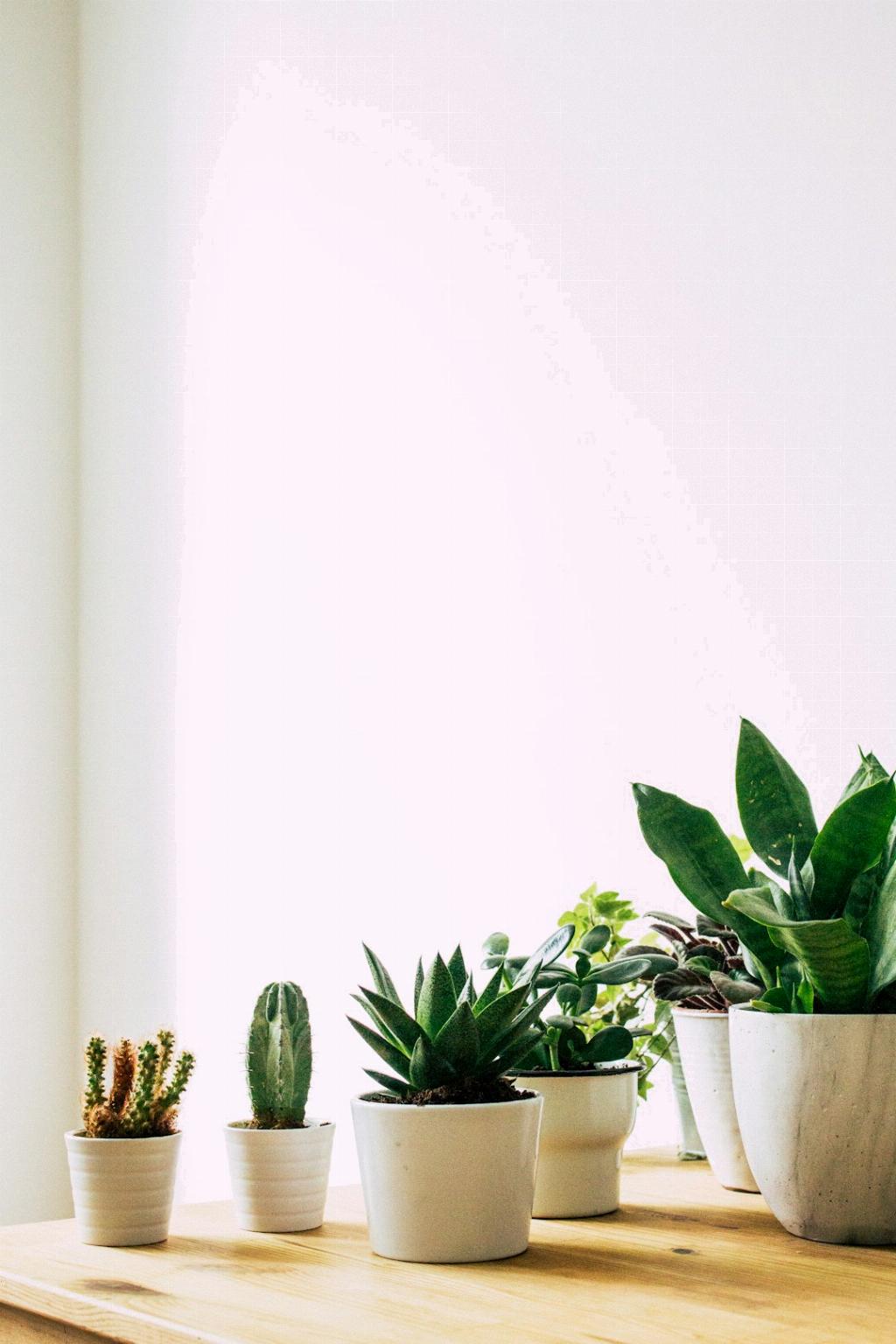When it comes to watering succulents, it’s essential to understand their unique watering needs. Succulents, known for their ability to store water in their leaves and stems, thrive in well-draining soil and are more tolerant of underwatering than overwatering.
One crucial aspect to keep in mind is that succulents prefer to be watered less frequently but more deeply. Instead of giving your succulent a light sprinkle every few days, it’s better to drench the soil thoroughly when you do water.
Before watering your succulent, check the soil moisture level by sticking your finger into the soil. If the top few inches are completely dry, it’s time to water. Succulents prefer the “soak and dry” method, where you thoroughly saturate the soil and then allow it to dry out completely before watering again.
When watering your succulent, make sure water drains out of the bottom of the pot. This will prevent water from pooling at the roots, which can lead to root rot. Ensure your pot has drainage holes to allow excess water to escape.
During the growing season, typically in spring and summer, your succulent may need more frequent watering as it actively grows. In contrast, during the dormant season in fall and winter, your succulent will require less water as it slows down its growth.
It’s essential to observe your succulent’s individual watering needs, as factors such as pot size, humidity levels, and temperature can influence how often you should water. Always adjust your watering schedule based on the specific conditions of your succulent’s environment.
If you’re unsure about when to water your succulent, err on the side of underwatering rather than overwatering. Succulents are more resilient to drought conditions than sitting in damp soil for extended periods.
When watering your succulent, aim to moisture the soil around the roots without getting the plant’s leaves wet. Wet foliage can make succulents more susceptible to rot and fungal diseases, so it’s best to water at the base of the plant.
Once you’ve watered your succulent, allow any excess water to drain away completely. Empty the saucer under the pot to prevent the roots from sitting in standing water, which can lead to root rot. Proper drainage is essential for the health of your succulent.
Remember that less is often more when it comes to watering succulents. It’s better to underwater and observe your plant for signs of dehydration, such as wilting or shriveling, than to overwater and risk causing root rot.
By following these guidelines and paying attention to your succulent’s specific watering needs, you can help ensure that your plant remains healthy and thriving. With the right watering routine, your succulent will continue to bring beauty to your space for years to come.

